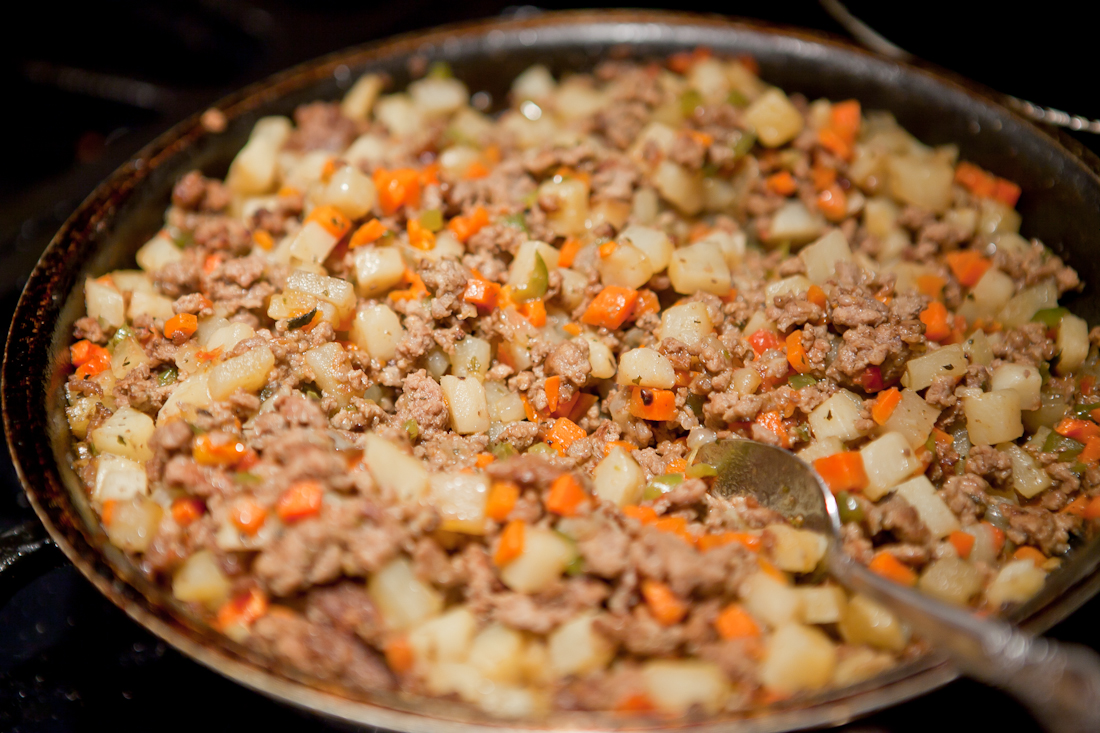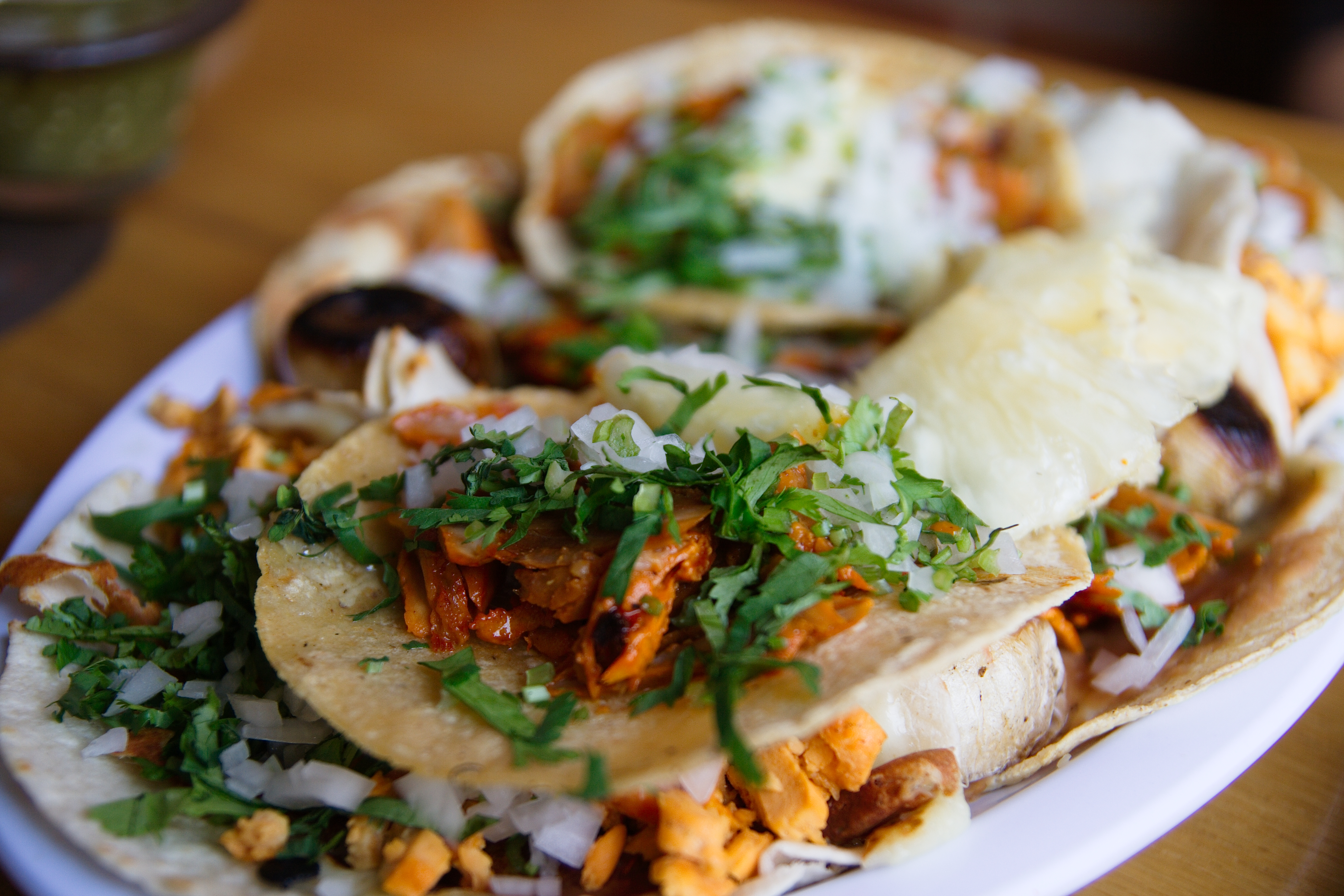|
Gorditas
A ''gordita'' () in Mexican cuisine is a dish made with masa and stuffed with cheese, meat, or other fillings. It is similar to the Colombian and Venezuelan arepa. ''Gordita'' means "chubby" in Spanish. There are two main variations of this dish, one of which is typically fried in a deep wok-shaped comal, consumed mostly in central and southern Mexico, and another one baked on a regular comal. The most common and representative variation of this dish is the ''"gordita de chicharrón"'', filled with chicharron (a spiced stew of pork rind) which is widely consumed throughout Mexico. Gorditas are often eaten as a lunch dish and accompanied by several types of sauce. Variations A gordita is typically prepared as a thick tortilla. The dough is most commonly made of nixtamalized corn flour, as also used for tortillas, but can also be of wheat flour, particularly in northern Mexico close to the U.S border. An old variant of corn gorditas uses ''masa quebrada'' (broken dough) where the ... [...More Info...] [...Related Items...] OR: [Wikipedia] [Google] [Baidu] |
Picadillo
Picadillo (, "mince") is a traditional dish in many Latin American countries and the Philippines. It is made with ground meat (most commonly beef), tomatoes (tomato sauce may be used as a substitute), and also raisins, olives, and other ingredients that vary by region. It is often served with rice (hence it is commonly known in the Philippines as ''arroz a la cubana'', "Cuban-style rice") or used as a filling in dishes such as tacos, savory pastries or croquettes. The name comes from the Spanish word ''picar'', meaning "to mince". Picadillo can be eaten alone or incorporated into other dishes, like tacos, empanadas, pastelón, chiles en nogada, or alcapurrias. History Although the dish was common in Hispanic cultures before the 19th century, a 19th-century recipe from California for pasteles ''a la argentina'' is given for a filled pastry with layers of beef picadillo and chicken cooked in a green chili and onion sauce with olive oil and raisins. "Picadillo" was not always made ... [...More Info...] [...Related Items...] OR: [Wikipedia] [Google] [Baidu] |
Mexico
Mexico (Spanish: México), officially the United Mexican States, is a country in the southern portion of North America. It is bordered to the north by the United States; to the south and west by the Pacific Ocean; to the southeast by Guatemala, Belize, and the Caribbean Sea; and to the east by the Gulf of Mexico. Mexico covers ,Mexico ''''. . making it the world's 13th-largest country by are ... [...More Info...] [...Related Items...] OR: [Wikipedia] [Google] [Baidu] |
Corn Tortilla
In North America, a corn tortilla or just tortilla (, ) is a type of thin, unleavened flatbread, made from hominy, that is the whole kernels of maize treated with alkali to improve their nutrition in a process called nixtamalization. A simple dough made of ground, dried hominy, salt and water is then formed into flat discs and cooked on a very hot surface, generally an iron griddle called a comal. A similar flatbread from South America, called an ''arepa'' (though ''arepas'' are made with ground maize, not hominy, and are typically much thicker than tortillas), predates the arrival of Europeans to America, and was called ''tortilla'' by the Spanish from its resemblance to the traditional Spanish round, unleavened cakes and omelettes (originally made without potatoes, which are native to South America). The Aztecs and other Nahuatl-speakers call tortillas tlaxcalli (''Nahuatl Dictionary.'' (1997). Wired Humanities Project. University of Oregon. Retrieved August 29, 2012, frolink/r ... [...More Info...] [...Related Items...] OR: [Wikipedia] [Google] [Baidu] |
Durango
Durango (), officially named Estado Libre y Soberano de Durango ( en, Free and Sovereign State of Durango; Tepehuán: ''Korian''; Nahuatl: ''Tepēhuahcān''), is one of the 31 states which make up the 32 Federal Entities of Mexico, situated in the northwest of the country. With a population of 1,832,650, the 8th lowest of Mexico's states, Durango has Mexico's second-lowest population density, after Baja California Sur. The capital city, Victoria de Durango, is named after the first President of Mexico, Guadalupe Victoria. Geography General information With , Durango accounts for about 6.3% of the entire territory of Mexico. It is the fourth largest state lying at the extreme northwest of the Central Mexican Plateau, where it meets the Sierra Madre Occidental—the highest peaks in the state. The state has an average elevation of 1,775 meters above sea level, with a mean elevation of 1,750 m in the Valleys region and 2,450 m in the Sierra region. The city of Durango is on the ... [...More Info...] [...Related Items...] OR: [Wikipedia] [Google] [Baidu] |
Carnitas
Carnitas, literally meaning "little meats", is a dish of Mexican cuisine that originated in the state of Michoacán. Carnitas are made by braising or simmering pork in oil or preferably lard until tender. The process takes three to four hours, and the result is very tender and juicy meat, which is then typically served with chopped cilantro (coriander leaves), diced onion, salsa, guacamole, tortillas, and refried beans (''frijoles refritos''). Description Pork carnitas are traditionally made using the heavily marbled, rich Boston butt or picnic ham cuts of pork. Food Resource Oregon State University. Accessed June 2011. The 6–16 lb (3–7 kg) sections are usually cut down to a workable (6–10 lb) size and [...More Info...] [...Related Items...] OR: [Wikipedia] [Google] [Baidu] |
Chorizo
Chorizo (, from Spanish ; similar to but distinct from Portuguese ) is a type of pork cured meat originating from the Iberian Peninsula. In Europe, chorizo is a fermented, cured, smoked meat, which may be sliced and eaten without cooking, or added as an ingredient to add flavor to other dishes. Elsewhere, some sausages sold as chorizo may not be fermented and cured, and require cooking before eating. Spanish and Portuguese are distinctly different products, despite both getting their smokiness and deep red color from dried, smoked, red peppers (/). Iberian chorizo is eaten sliced in a sandwich, grilled, fried, or simmered in liquid, including apple cider or other strong alcoholic beverages such as . It is also used as a partial replacement for ground (minced) beef or pork. Names The word ''chorizo'' probably comes from the Late Latin 'salted', via the Portuguese ; it is a doublet of the Spanish word 'sausage', which was transmitted through Italian . In English, ''cho ... [...More Info...] [...Related Items...] OR: [Wikipedia] [Google] [Baidu] |
Al Pastor
(from Spanish, "shepherd style"), is a preparation of spit-grilled slices of pork originating in the Central Mexican region of Puebla, although today it is a common menu item found in throughout Mexico. The method of preparing and cooking is based on the lamb shawarma brought by Lebanese immigrants to the region. features a flavor palate that uses traditional Mexican adobada (marinade). It is a popular street food that has spread to the United States. In some places of northern Mexico and coastal Mexico, such as in Baja California, Mexico, it is known as or . A similar dish also from Puebla that uses a combination of middle eastern spices and indigenous central Mexican ingredients is called . History During the 19th century, variations of a vertically grilled meat dish, now known by several names, started to spread throughout the Ottoman Empire. The Lebanese version, shawarma, was brought to Mexico in the late 19th and early 20th centuries by a wave of Lebanese immigrants ... [...More Info...] [...Related Items...] OR: [Wikipedia] [Google] [Baidu] |
Chicken (food)
Chicken is the most common type of poultry in the world. Owing to the relative ease and low cost of raising chickens—in comparison to mammals such as cattle or hogs—chicken meat (commonly called just "chicken") and chicken eggs have become prevalent in numerous cuisines. Chicken can be prepared in a vast range of ways, including baking, grilling, barbecuing, frying, and boiling. Since the latter half of the 20th century, prepared chicken has become a staple of fast food. Chicken is sometimes cited as being more healthful than red meat, with lower concentrations of cholesterol and saturated fat. The poultry farming industry that accounts for chicken production takes on a range of forms across different parts of the world. In developed countries, chickens are typically subject to intensive farming methods while less-developed areas raise chickens using more traditional farming techniques. The United Nations estimates there to be 19 billion chickens on Earth today, m ... [...More Info...] [...Related Items...] OR: [Wikipedia] [Google] [Baidu] |
Sautéing
Sautéing or sauteing (, ; in reference to tossing while cooking) is a method of cooking that uses a relatively small amount of oil or fat in a shallow pan over relatively high heat. Various sauté methods exist. Description Ingredients for sautéing are usually cut into small pieces or thinly sliced to provide a large surface area, which facilitates fast cooking. The primary mode of heat transfer during sautéing is conduction between the pan and the food being cooked. Food that is sautéed is browned while preserving its texture, moisture, and flavor. If meat, chicken, or fish is sautéed, the sauté is often finished by deglazing the pan's residue to make a sauce. Sautéing may be compared with pan frying, in which larger pieces of food (for example, chops or steaks) are cooked quickly in oil or fat, and flipped onto both sides. Some cooks make a distinction between the two based on the depth of the oil used, while others use the terms interchangeably. Sautéing differs ... [...More Info...] [...Related Items...] OR: [Wikipedia] [Google] [Baidu] |
Guacamole
Guacamole (; (informally shortened to ''guac'' in the United States since the 1980s) is an avocado-based dip, spread, or salad first developed in Mexico. In addition to its use in modern Mexican cuisine, it has become part of international cuisine as a dip, condiment and salad ingredient. Etymology and pronunciation The name comes from Classical Nahuatl , which literally translates to 'avocado sauce', from ''āhuacatl'' 'avocado' + ''mōlli'' 'sauce'. In Mexican Spanish, it is pronounced . In American English, it tends to be pronounced , and this pronunciation is also common in British English, but is more common. History Avocado seeds were first found in the Tehuacan Valley of Mexico around 9,000–10,000 years ago (7000–8000 BCE) and had been domesticated by various Mesoamerican groups by 5000 BCE. They were likely cultivated in the Supe Valley in Peru as early as 3100 BCE. In the early 1900s, avocados frequently went by the name ''alligator pear''. In the 1697 bo ... [...More Info...] [...Related Items...] OR: [Wikipedia] [Google] [Baidu] |
Nopal
Nopal (from the Nahuatl word for the pads of the plant) is a common name in Spanish for ''Opuntia'' cacti (commonly referred to in English as ''prickly pear''), as well as for its pads. There are about 114 known species in Mexico, where it is a common ingredient in numerous Mexican cuisine dishes. The nopal pads can be eaten raw or cooked, used in marmalades, soups, stews and salads, as well as being used for traditional medicine or as fodder for animals. Farmed nopales are most often of the species ''Opuntia ficus-indica'' or ''Opuntia matudae'' although the pads of almost all ''Opuntia'' species are edible. The other part of the nopal cactus that is edible is the fruit, called the in Spanish and the "prickly pear" in English. Nopales are generally sold fresh in Mexico, cleaned of thorns, and sliced to the customer's desire on the spot. They can also be found canned or bottled as nopalitos, and less often dried, especially for export. Cut into slices or diced into cubes, n ... [...More Info...] [...Related Items...] OR: [Wikipedia] [Google] [Baidu] |





